How to STOP Starfield from Crashing on PC
Starfield crashes can result from numerous factors, including, but not limited to, graphics driver issues, game bugs, system incompatibilities, or hardware malfunctions.
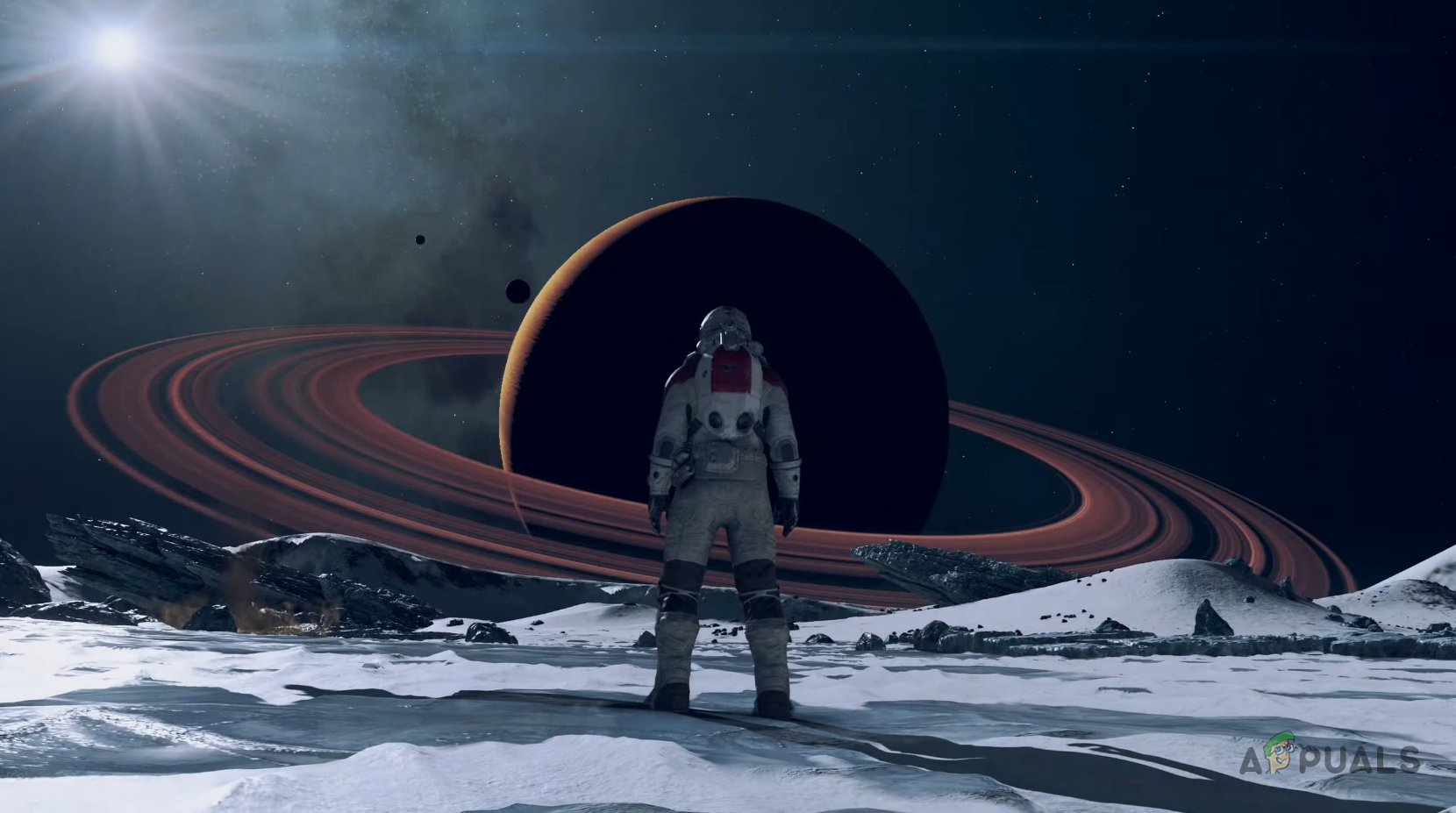
To rectify these issues, one effective method is to rollback your drivers by installing an older version, which should address the problem in most cases. In this article, we will guide you through various methods to solve Starfield crashes.
1. Limit In-Game FPS
When experiencing crashes in Starfield, a good starting point is to limit your frame rate within the game. Unstable FPS often leads to crashes, particularly in newer games that may not be fully optimized.
Limiting the FPS can be achieved either through the game’s settings menu or by using a third-party application like NVIDIA Control Panel to enforce a frame rate limit.
Since Starfield does not offer an FPS limiting setting, you will need to use a third-party application. Follow the steps below to limit your in-game FPS using the NVIDIA Control Panel:
- Open the NVIDIA Control Panel from your PC using the Start Menu.
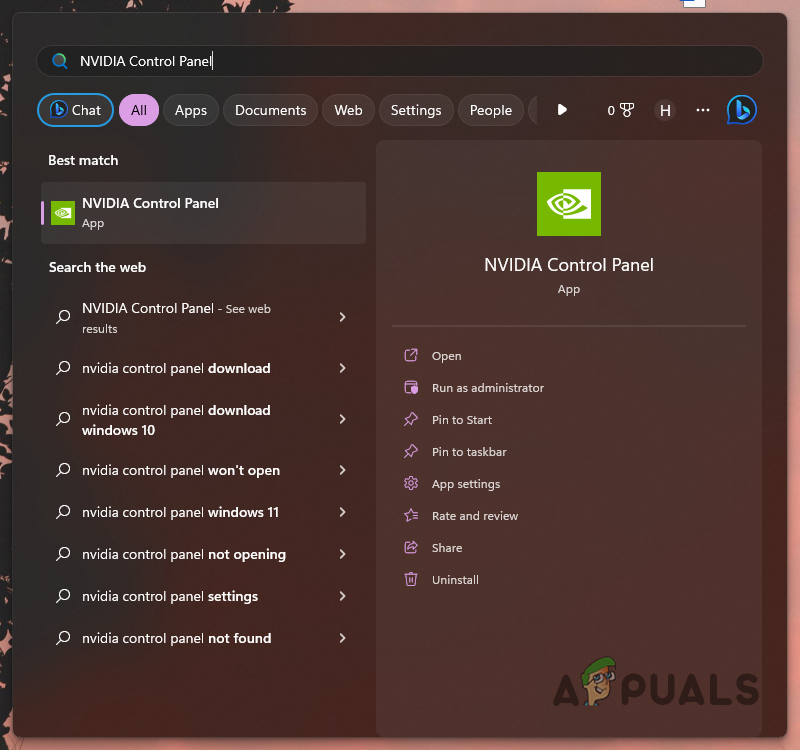
Opening the NVIDIA Control Panel - Navigate to the Manage 3D Settings section.
- Select the Program Settings tab.
- Click on Add to include Starfield in the list.

Adding Starfield to the NVIDIA Control Panel - Find the Max Frame Rate option and enable it.
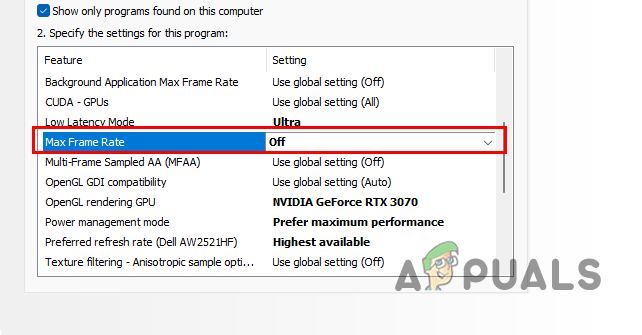
Enabling Max Frame Rate - Set the maximum frame rate to 60 and click Apply.
- Check if this resolves the crash issue.
Note: AMD or other graphics card users can locate similar settings in their respective software solutions.
While limiting FPS can enhance stability, bear in mind that this is a temporary fix. The underlying problems causing crashes may need alternative solutions.
2. Use Starfield Optimized Settings
Sometimes, the graphics settings within your game can also be responsible for crashes, particularly when the game demands more video memory than your PC has available. It’s crucial to optimize your graphics settings to prevent exceeding what your system can handle.
Optimizing game settings according to your hardware can help avert crashes. NVIDIA users can employ the GeForce Experience app, while AMD users can use the AMD Radeon Software to optimize settings for better performance. Follow these steps to optimize your graphics settings:
- Launch the GeForce Experience application from the Start menu.

Opening GeForce Experience - On the Home tab, select Starfield.
- If you cannot locate the game, click on the More option in the top right and choose Scan for games & apps.
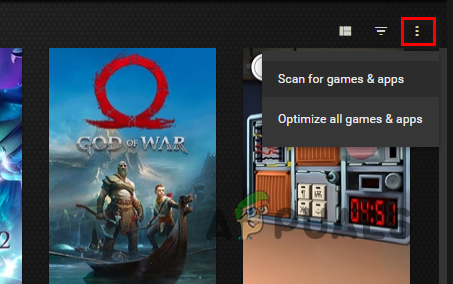
Scanning for Games - On the Starfield settings page, click the Optimize button.
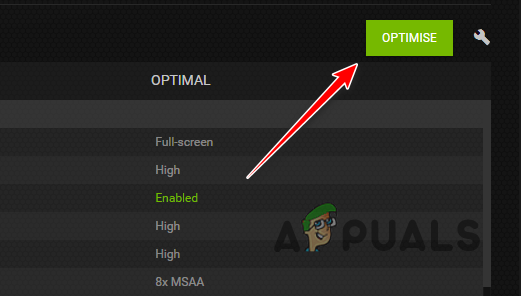
Optimizing Starfield via GeForce Experience - Once done, open the game and check for crashes.
3. Turn Off FSR
Upscaling, a technology implemented in all modern games, uses AI to upscale the image quality, potentially increasing performance. Technologies such as FSR or NVIDIA DLSS can improve frame rates. However, they might also lead to crashes in some cases.
If the tech disrupts game performance, you may need to disable FSR to resolve the issue. Here’s how you can do that:
- Open Starfield and go to the main menu.
- Select Settings.
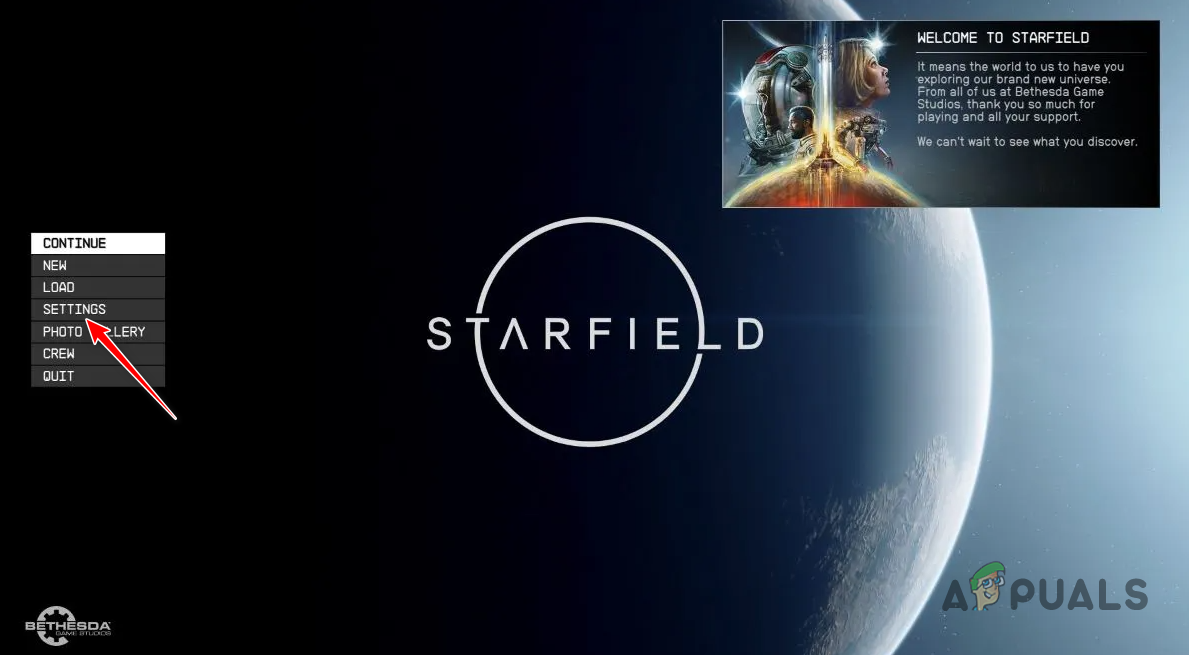
Navigating to Starfield Settings - Choose the Display option.
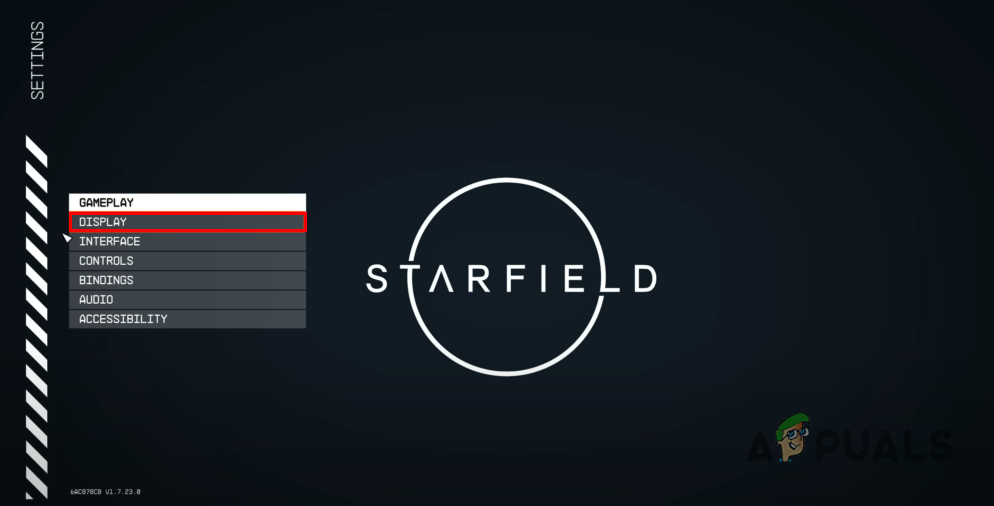
Navigating to Display Settings - Find Upscaling in the menu and turn it off.
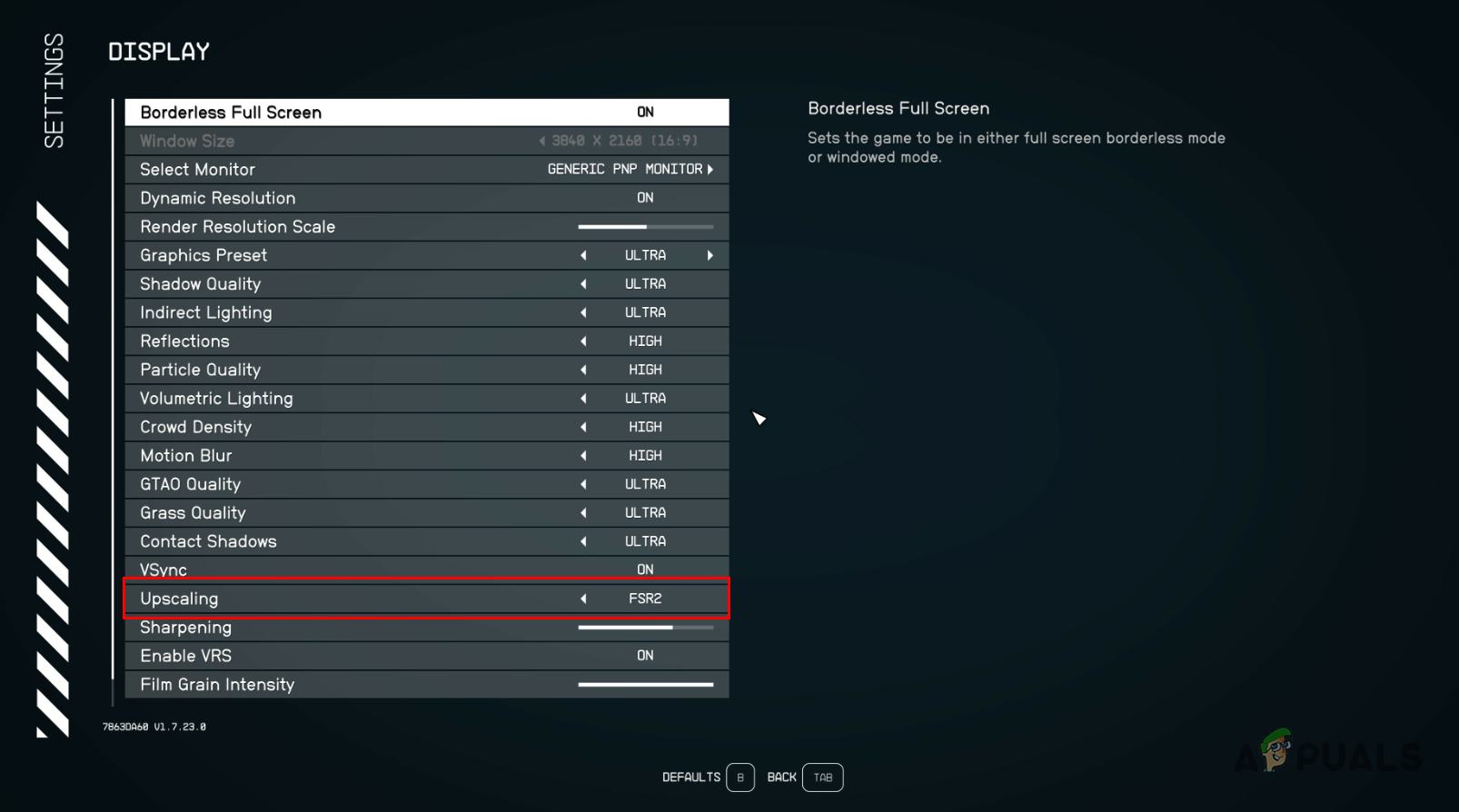
Disabling FSR - Check to see if this resolves the crashing.
4. Close MSI Afterburner (If Applicable)
MSI Afterburner is a widely used application for monitoring component performance and applying overclocks. It includes an in-game overlay that can interfere with game processes and cause crashes. Therefore, if you have MSI Afterburner installed, ensure you close it entirely before launching Starfield. To close MSI Afterburner, follow these steps:
- Click on the up arrow on your taskbar to open the system tray.

Taskbar Up Arrow - Right-click on the MSI Afterburner icon and select Close.

Closing MSI Afterburner - Test the game for crashes.
5. Enable System Managed Paging
Windows uses paging, a process of moving data not frequently accessed from memory to storage, to facilitate future access. The system typically manages this pagefile automatically, adjusting its size as needed. However, if you’ve disabled this feature, it may lead to game crashes.
To address this, ensuring that system-managed paging is enabled can prevent crashes. Follow these steps to enable it:
- Launch the Start Menu and search for SystemPropertiesAdvanced; open it.

Opening Advanced System Properties - In the System Properties window, click on Settings under Performance.

Navigating to Performance Settings - Switch to the Advanced tab and select Change.

Navigating to Virtual Memory Settings - Choose the Automatically manage paging file size for all drives option.
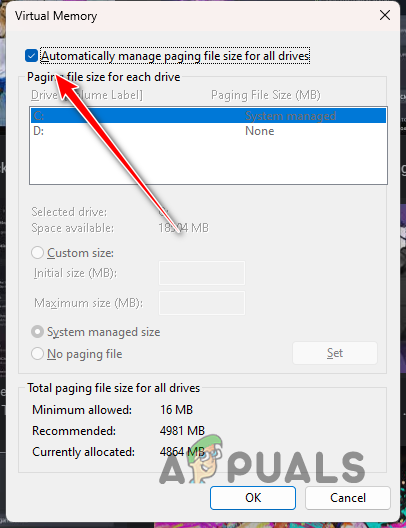
Enabling Automatic Management of Paging - Click OK and check if the issue is resolved.
6. Change Graphics Preferences for Starfield
The graphics preference assigned to each application on your PC can influence its performance. If Starfield is set to prioritize energy saving over performance, it may crash. Therefore, adjusting the graphics preferences to emphasize performance might resolve the issue:
- Bring up the Settings app using the Windows key + I.
- Navigate to System > Display > Graphics.

Navigating to Graphics Settings - Search for Starfield among the list of apps and select it.
- Choose the Options button that appears.
- Select High performance and check the Don’t use optimizations for windowed games box.
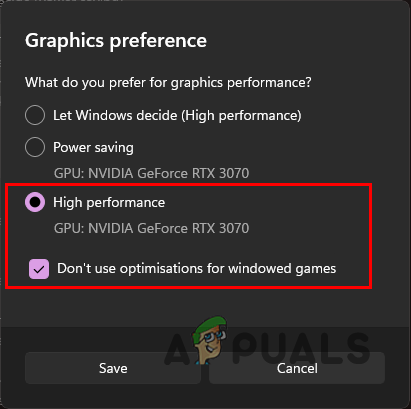
Changing Graphics Preference - Click Save and test the game for issues.
7. Rollback NVIDIA Drivers (If Applicable)
Recent NVIDIA graphics driver updates have caused crashes in Starfield for some users. If you’ve updated to the latest drivers expecting enhanced support and compatibility, you may need to revert to an earlier version of the drivers.
Rolling back your drivers involves uninstalling the current version and installing an older one. Follow these steps:
- Download the Display Driver Uninstaller utility from here.
- Extract and launch the Display Driver Uninstaller.exe file.
- Click Continue in the Options screen.

DDU Options - Select GPU in the Select device type dropdown.

Selecting GPU - Choose your video card manufacturer from the Select device list.
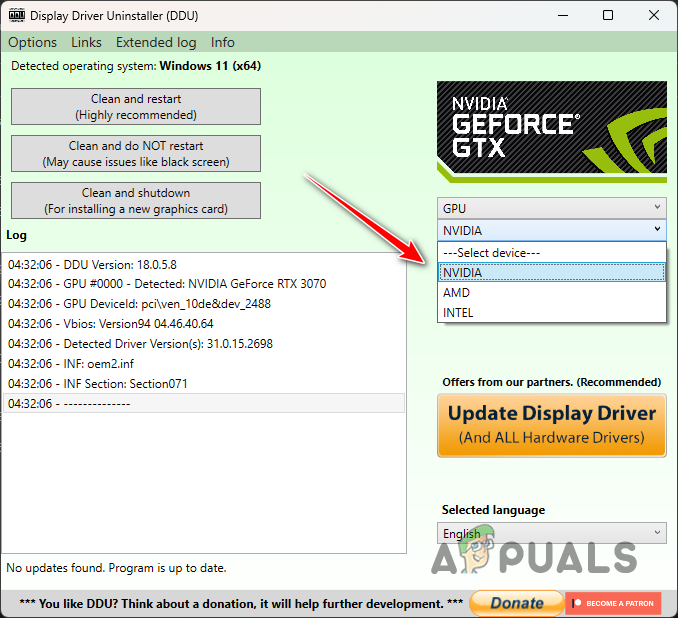
Choosing the Manufacturer of Video Card - Opt for Clean and restart.
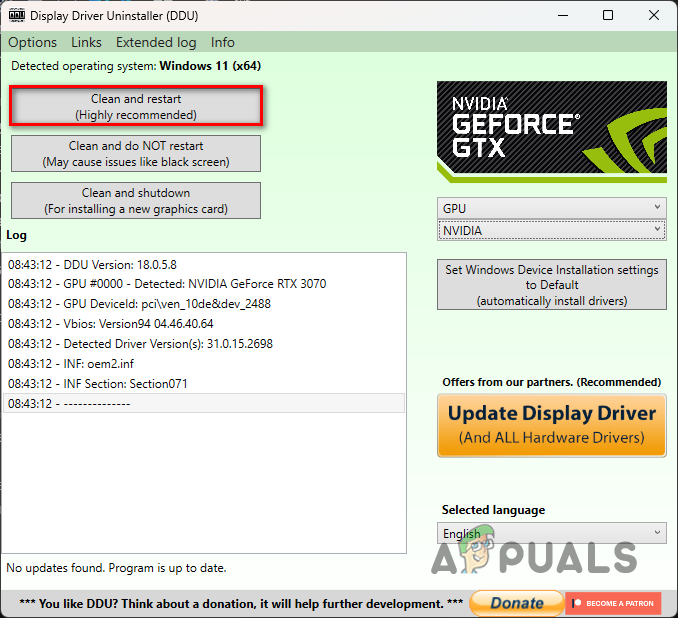
Removing Graphics Drivers - Once your PC restarts, download the NVIDIA Game Ready Driver 536.99 from here.
- Install the driver and check if the problem persists.
8. Clear Pipeline Cache
Corrupted cache files can also result in game crashes. Should this occur, you’ll need to delete the Starfield cache to allow the game to generate a fresh copy.
The cache file in question is Pipeline.cache, located in the AppData directory on your system drive. Here’s how to clear it:
- Launch the Run dialog using Windows key + R.
- Copy and paste %LOCALAPPDATA%\Starfield\ into the Run box and press Enter.
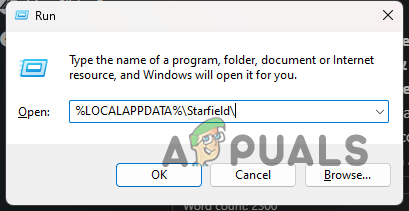
Navigating to the Starfield Folder in AppData - Delete the Pipeline.cache file.
- Restart Starfield and check for crashes.
9. Allow Starfield Through Windows Defender
Windows Defender may block the Starfield process from accessing game files if the Controlled folder access feature is active.
This feature is designed to prevent unauthorized processes from accessing files or memory regions. To solve this, permit Starfield through Controlled folder access by following these steps:
- Open the Windows Security app from the Start Menu.
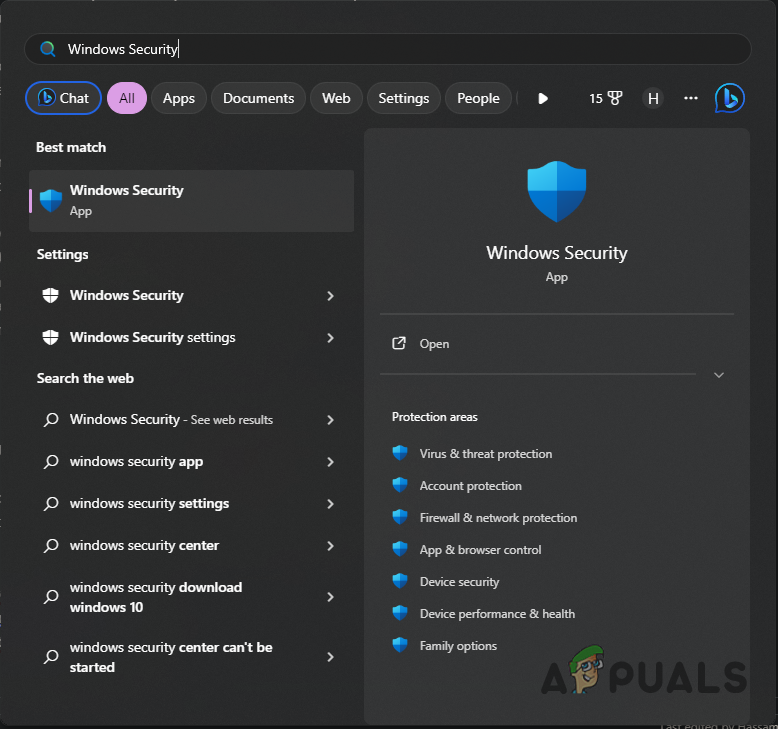
Opening Windows Security - Go to the Virus & threat protection tab.
- Click Manage settings under Virus & threat protection settings.
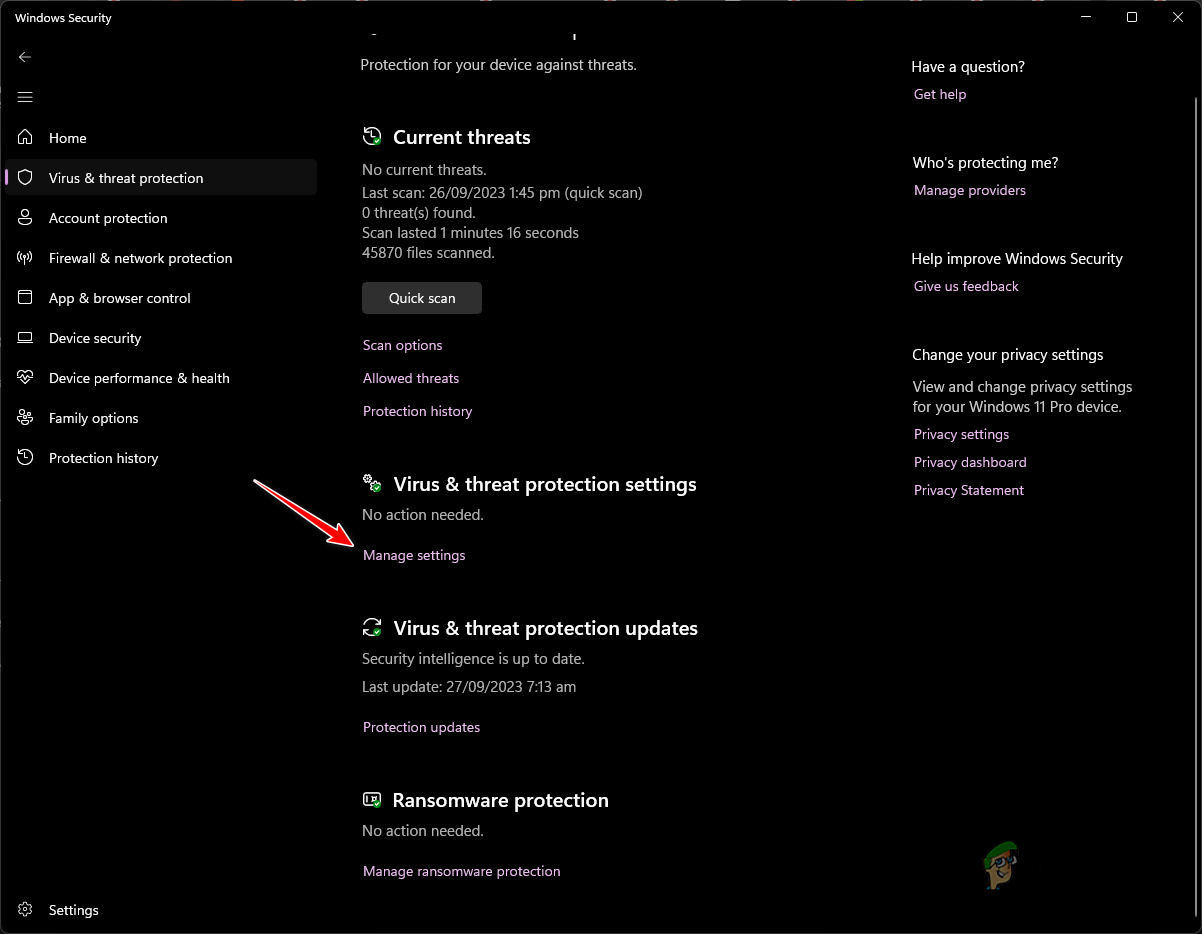
Navigating to Virus and Threat Settings - Scroll to the bottom and select Manage Controlled folder access.
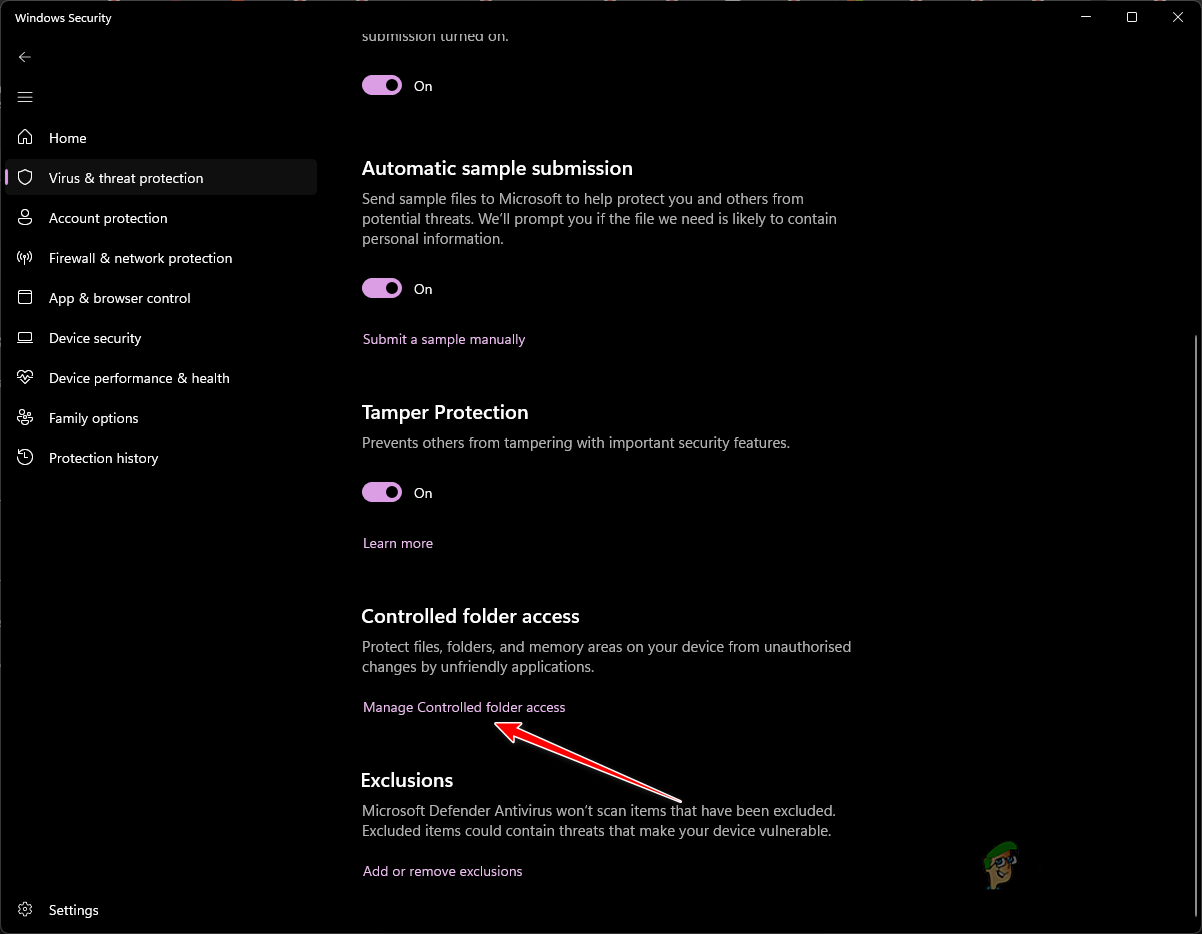
Navigating to Controlled Folder Access Settings - On the Controlled folder access screen, click Allow an app through Controlled folder access.
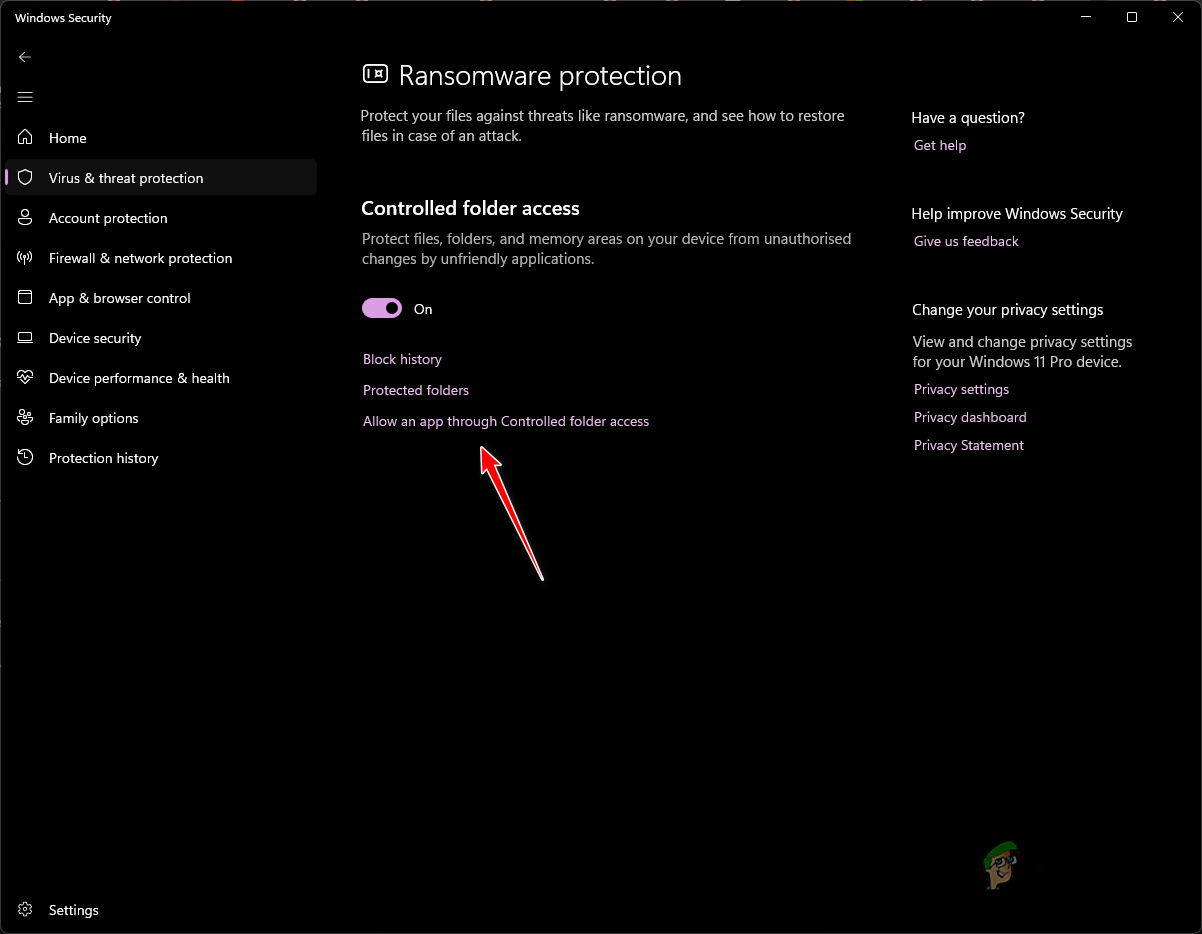
Navigating to Allow an App Through Controlled Folder Access - Then, click on Add an allowed app and select Browse all apps from the dropdown menu.
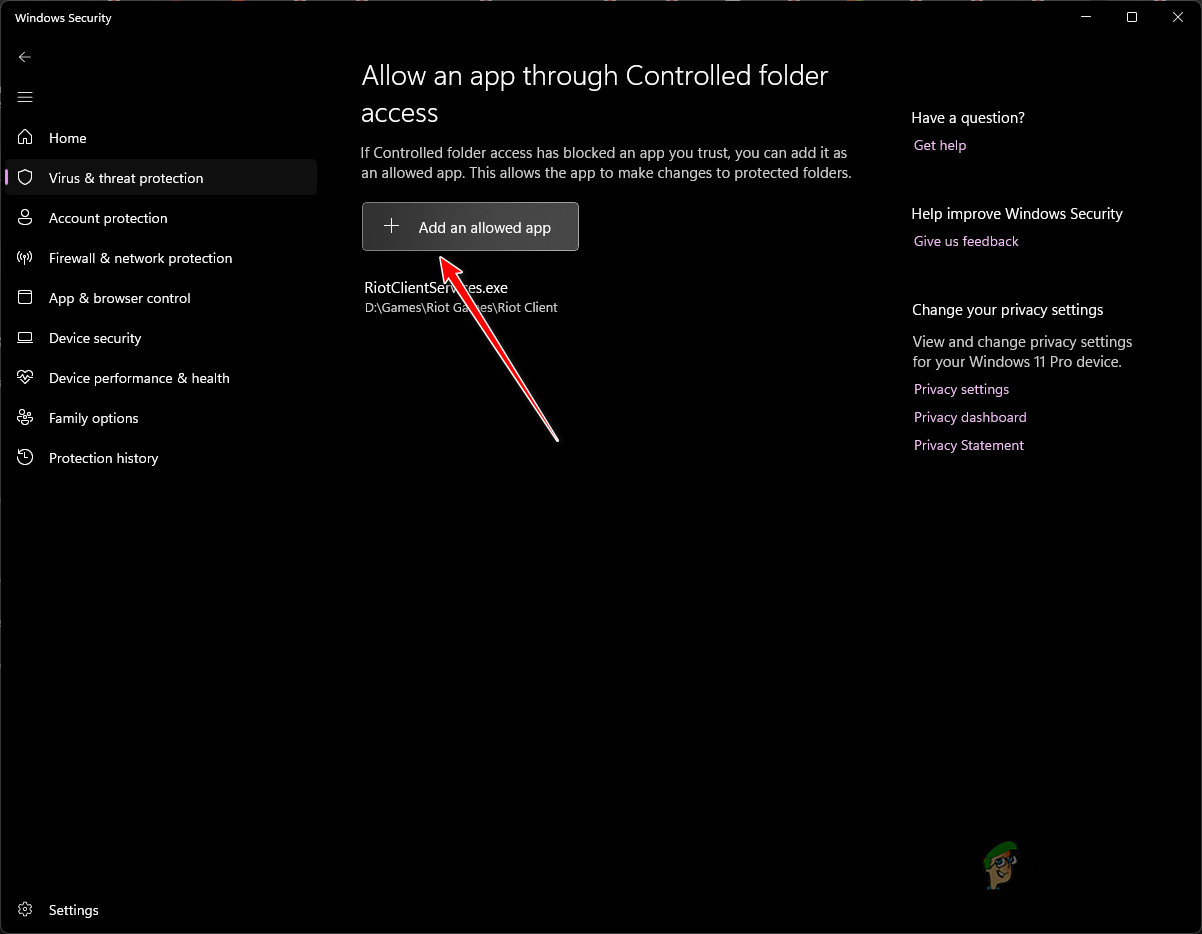
Allowing an App Through Controlled Folder Access - Navigate to the installation folder of Starfield and select the Starfield.exe file.
- After this, close the Windows Security window and check if the crashes still occur.
10. Change Power Plan
Windows offers several power plans, each determining how your PC’s components consume power through a set of hardware and system settings.
If your power plan is configured for energy saving, it may not provide the requisite performance for Starfield, potentially causing crashes. Switching to a high-performance setup may solve the problem:
- Access the Start Menu and type Choose a power plan to open it.

Opening Power Options Window - Select High Performance in the Power Options window.

Choosing High Performance Plan - If necessary, click on Show additional plans to reveal more options.
- Verify if this change prevents Starfield from crashing.
11. Repair Starfield Game Files
Corrupted or damaged game files can also lead to crashes. You can repair these files using the game client’s built-in verification tool. For example, on Steam, the “Verify Integrity of Game Files” feature can check and repair installed files.
Here’s how to verify and repair your game files on Steam:
- Open the Steam client on your PC.
- In the Library, right-click on Starfield and select Properties.
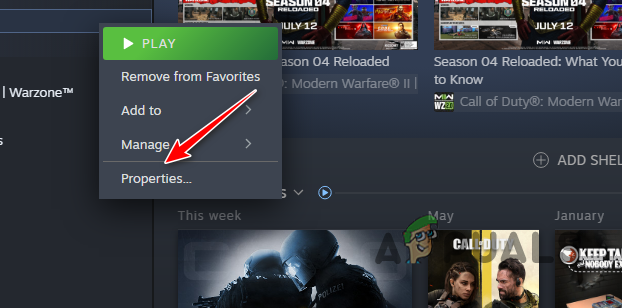
Opening Game Properties - Click on Local Files on the left side.
- Press the Verify integrity of game files button to start the process.

Repairing Starfield Installation - Wait until Steam scans and repairs any missing or corrupted files, then test for crashes.
12. Clean Boot Windows
Interferences from third-party processes are common causes of game crashes. If standard troubleshooting doesn’t resolve the problem, a clean boot, which starts the computer with only essential system services, can be useful in isolating the issue.
If the game runs smoothly after a clean boot, it indicates interference from a third-party application. Re-enabling services one by one can help identify the problematic software:
- Use the Windows key + R to open the Run dialog.
- Type msconfig and press Enter to open the System Configuration utility.

Opening System Config - Navigate to the Services tab, check Hide all Microsoft services and click Disable all. Apply the changes.
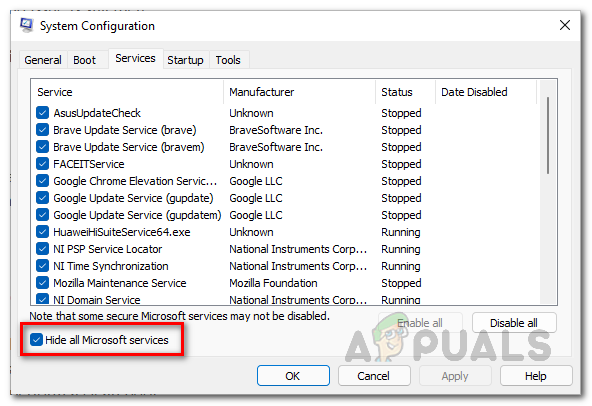
Unlisting System Services - Switch to the Startup tab and open Task Manager.

System Config Startup - In Task Manager, disable each startup program by selecting it and clicking Disable.

Preventing Third-Party Apps Startup on Boot - Restart your PC to perform a clean boot and test the game.
13. Remove Overclock
Overclocking components can lead to performance boosts, but may also compromise game stability. This is particularly true for games that aren’t fully compatible with a range of system configurations at launch.
To ensure your system is running at stock speeds, remove any applied overclocks, including XMP profiles on RAM or manual adjustments to GPU or CPU speeds. Additionally, disable Precision Boost Overdrive (PBO) in the BIOS if you have an AMD CPU.
After adjusting these settings, reboot and test Starfield for crashes.
Following this comprehensive guide should help alleviate Starfield crashes. Most issues stem from graphics drivers or overclocks. Addressing these areas should prevent similar problems in the future.
Is Starfield still crashing on your PC?
If the issue persists despite following these steps, we recommend contacting the Starfield customer support team at Bethesda through their support website. They can provide further assistance by examining crash logs and offering more focused troubleshooting steps.





